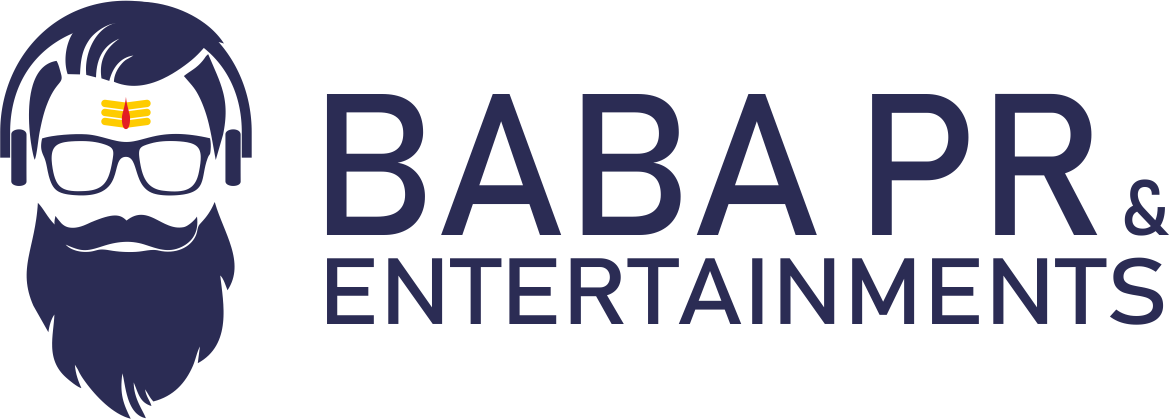In public relations (PR), the concept of medial and lateral doesn’t directly refer to anatomy, but it can be adapted as a metaphor to describe central (medial) versus peripheral (lateral) elements in PR strategies or relationships.
Medial-Lateral Concepts in Public Relations
- Medial (Central) PR: This can refer to core, high-priority strategies, audiences, or messages in a PR campaign. “Medial” PR activities might focus on critical stakeholders, primary media channels, or central brand messages that are essential to the organization’s identity.
- Lateral (Peripheral) PR: This refers to supporting or secondary elements in a PR strategy. These could include outreach to smaller media outlets, niche audiences, or complementary messages that support the main brand identity but are not the focus.
Using this framework helps PR teams prioritize resources on central activities while ensuring that lateral activities still support the overall goals.
Benefits of Using Medial-Lateral Thinking in PR
- Focused Resource Allocation: By distinguishing between medial (core) and lateral (supporting) activities, PR teams can allocate resources where they will have the most impact, optimizing budget and efforts.
- Strategic Targeting: Identifying central audiences and key media channels helps prioritize high-impact relationships, while still maintaining peripheral outreach to support brand recognition in secondary markets.
- Enhanced Message Consistency: Separating primary and secondary messages can ensure that core brand messaging remains consistent, while lateral messages can be tailored to specific audiences or channels.
- Risk Management: Focusing on medial elements can strengthen relationships with critical stakeholders, while lateral strategies allow for flexibility, experimentation, and less risk in secondary channels.
In essence, a medial-lateral approach in PR enables strategic focus on the central aspects of brand image, while leveraging lateral elements to broaden reach and maintain flexibility in the PR approach.

